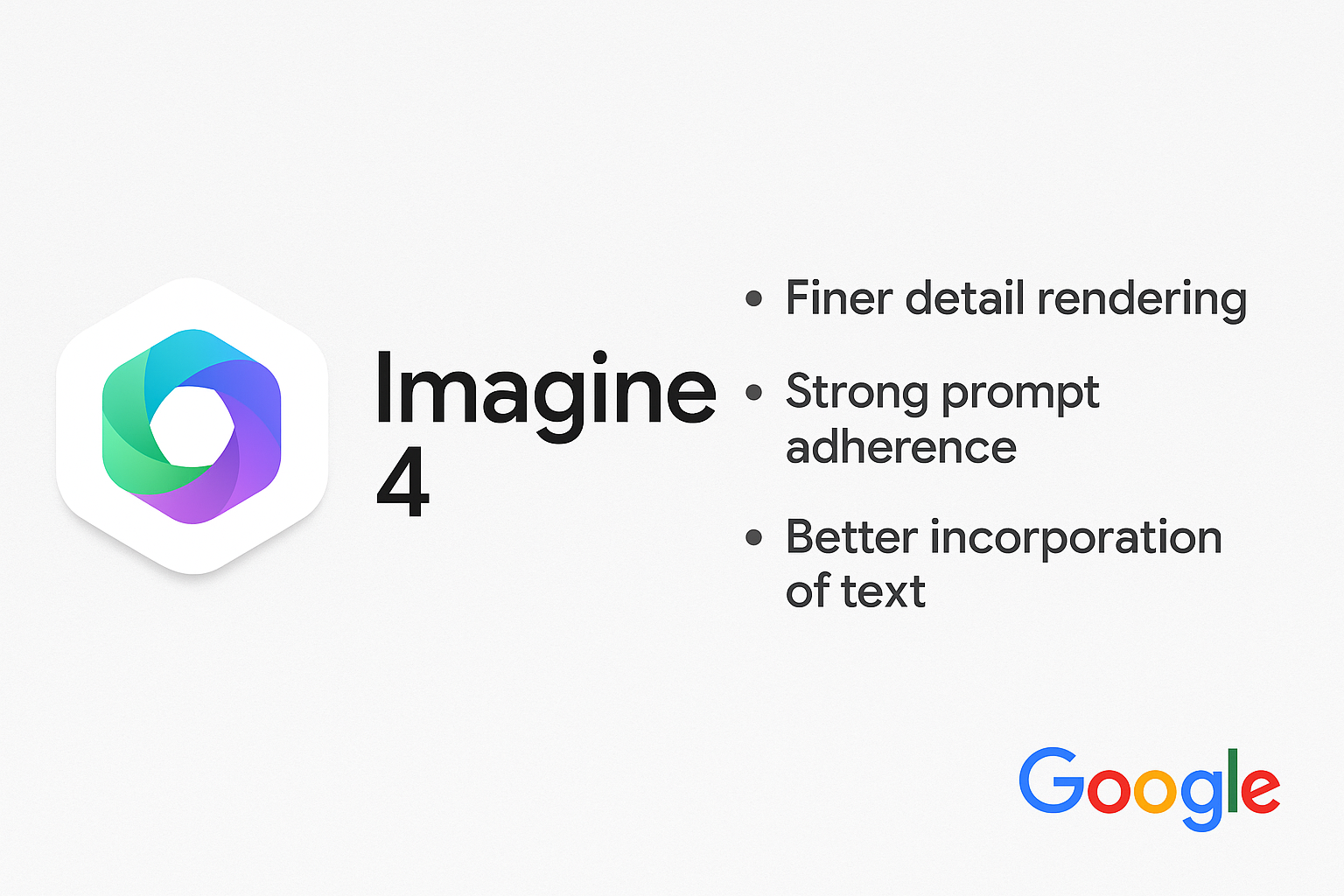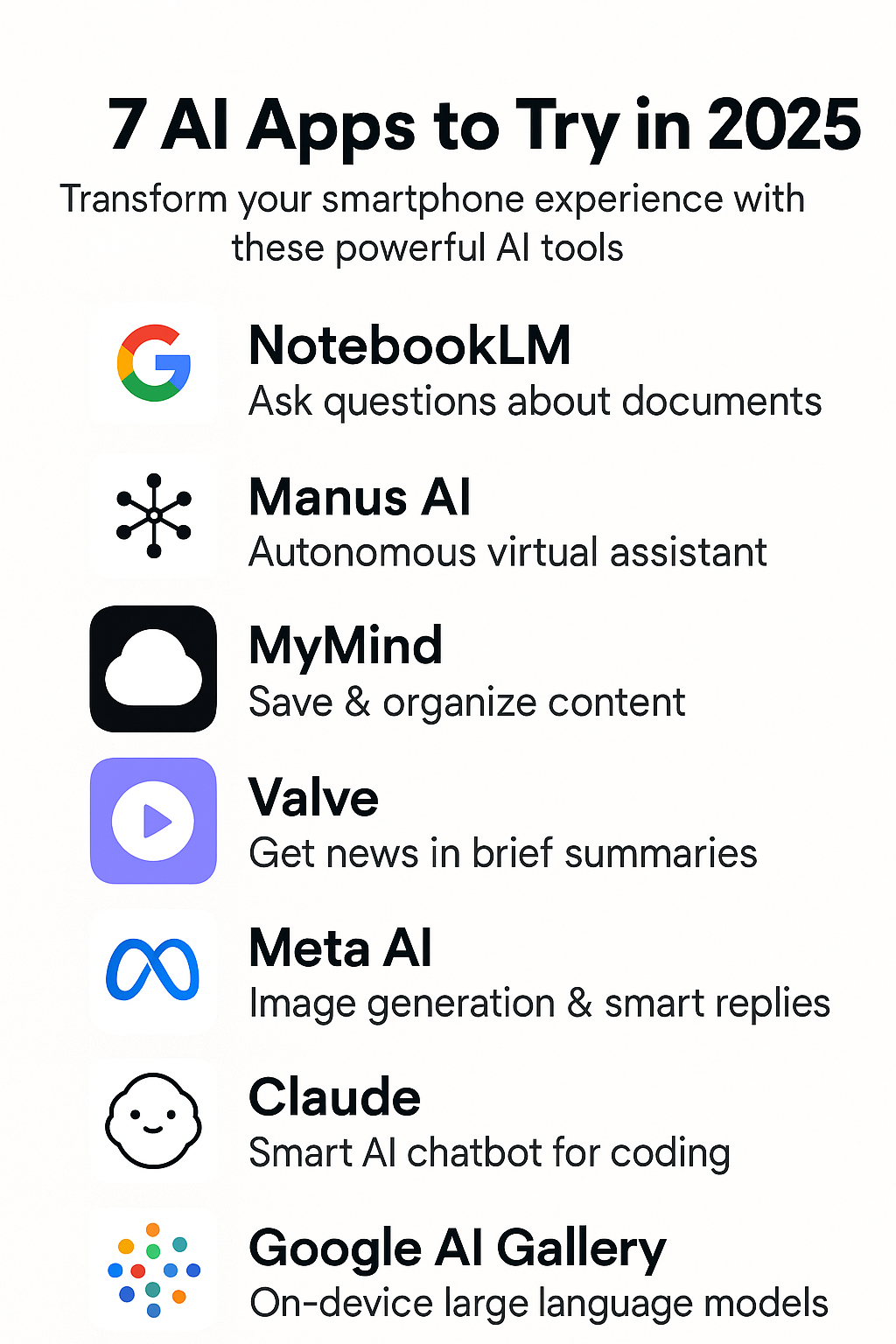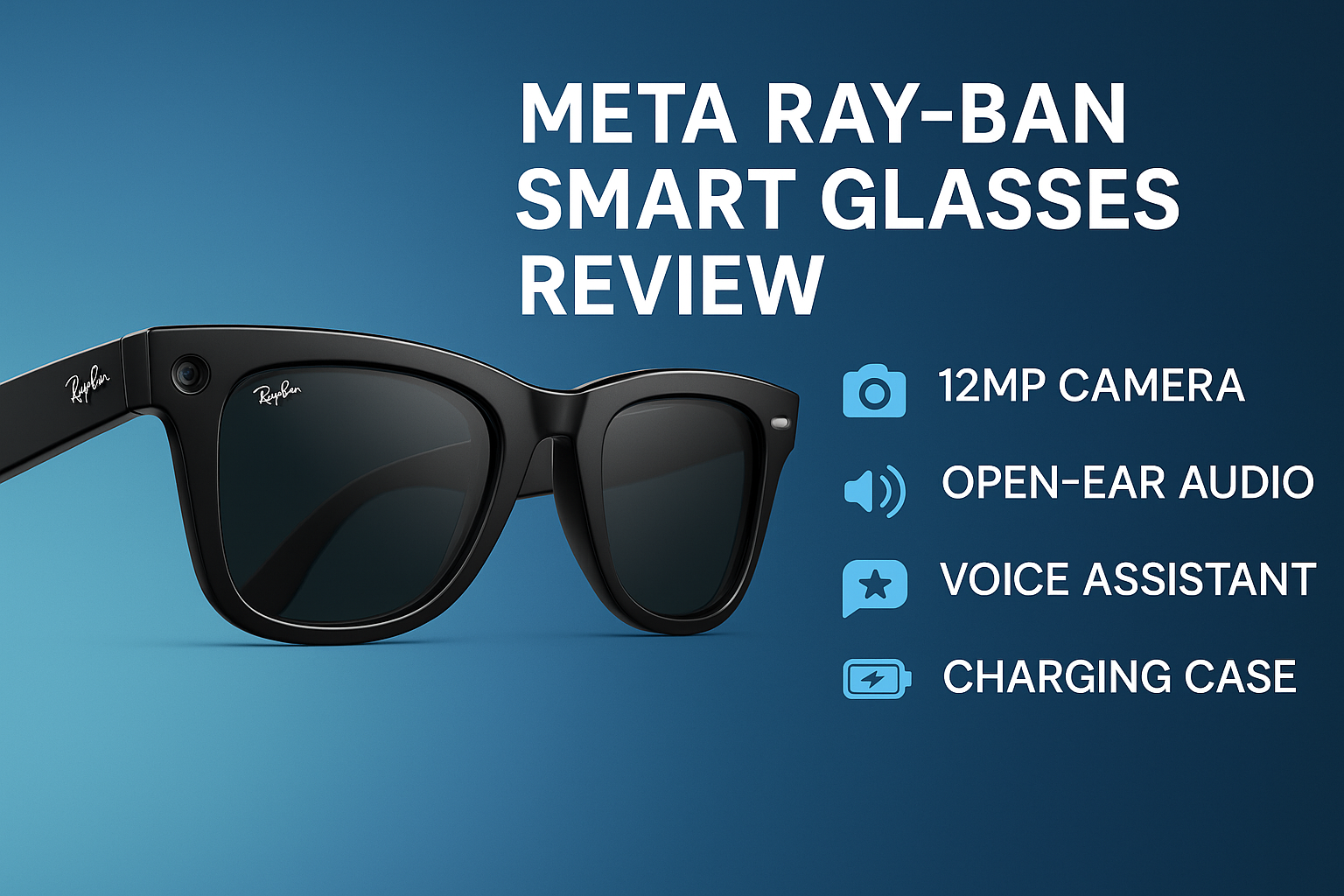Smart glasses are no longer futuristic concepts—they’re here, and they’re smarter and sleeker than ever. One of the most talked-about wearables today is the Meta Ray-Ban Smart Glasses, combining stylish design with practical features like built-in audio, voice assistance, and a camera. But do they offer real value beyond the buzz?
Here’s a full breakdown of the features, pros, cons, and what makes these smart glasses stand out.
Design & Build: Fashion-Forward and Functional
At first glance, these glasses look just like a standard pair of Ray-Bans. That’s by design. With styles like Wayfarer and Headliner, users get a fashionable frame that doesn’t scream “tech gadget.”
Subtle design cues—like a slightly thicker temple and a tiny built-in camera—are the only hints that these are smart glasses. They’re available with prescription and transition lens options, and their lightweight frame makes them comfortable for everyday wear.
Key Features
These smart glasses are equipped with a combination of hardware and software that makes them far more than just sunglasses.
- 12MP camera for photos and videos
- Open-ear speakers for discreet audio
- Voice assistant integration
- Touch controls for music, volume, calls, and assistant access
- IPX4 water resistance for light rain and sweat protection
With simple gesture and tap controls, users can manage calls, trigger music playback, or capture moments hands-free.
Camera Performance
The built-in 12MP camera is more powerful than it sounds. Image quality is sharp with natural color tones, and the glasses excel in capturing first-person perspective moments, especially in active or hands-busy scenarios.
Videos are capped at three minutes and recorded in a portrait orientation, which might not suit all use cases but is ideal for social sharing.
Audio and Microphone Quality
Audio is delivered through open-ear speakers, allowing users to stay aware of their surroundings while enjoying music or calls. Sound quality is surprisingly clear and works well for background listening. For phone calls, the five-mic setup captures voice with impressive clarity, even in noisy environments.
Voice Assistant and Smart Features
Users can control basic tasks using the built-in voice assistant. These include:
- Making hands-free calls
- Sending messages via supported apps
- Controlling music playback
- Capturing media using voice commands
While the assistant supports general queries and smart prompts, it has limitations in terms of integration with some mobile apps and platforms.
Battery Life and Charging
Battery life averages around 4–5 hours of active use, and the included charging case provides up to 36 hours total usage. A quick 15-minute charge yields approximately 30–40% battery—ideal for on-the-go top-ups.
Charging is done via USB-C, and the leather case doubles as a stylish storage solution.
Areas for Improvement
While the Meta Ray-Ban Smart Glasses are packed with useful features, there are some limitations:
- No GPS or device tracking support if lost
- AI assistant sometimes delivers vague or inaccurate results
- Camera delay of 1–2 seconds can cause missed shots
- No noise cancellation, which may impact audio indoors
- Comfort may decrease during extended wear
These issues don’t break the experience but could be important considerations for certain users.
Final Thoughts
The Meta Ray-Ban Smart Glasses strike an excellent balance between fashion and function. They aren’t meant to replace your smartphone or DSLR, but they’re perfect for capturing spontaneous moments, listening to music, or staying connected hands-free.
If you’re looking for smart eyewear that looks and feels like regular sunglasses but comes with modern tech built-in, this is a strong contender in the wearable tech space.






